Home>Dining>Table Decor>What Kind Of Batting Is Used In Table Runners
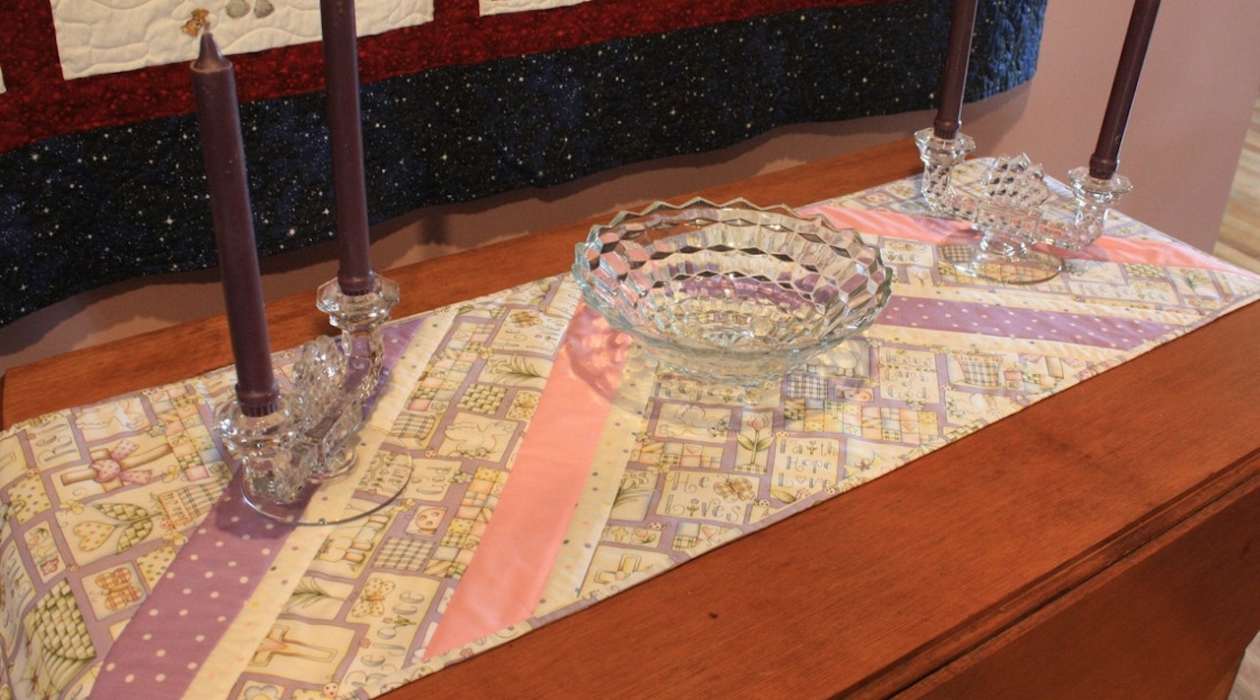

Table Decor
What Kind Of Batting Is Used In Table Runners
Modified: December 7, 2023
Discover the perfect table decor with our wide selection of table runners. Learn about the different types of batting used for added texture and style.
(Many of the links in this article redirect to a specific reviewed product. Your purchase of these products through affiliate links helps to generate commission for Storables.com, at no extra cost. Learn more)
Introduction
When it comes to table decor, one often overlooked element is the batting used in table runners. Table runners not only add a touch of elegance and style to any dining table or sideboard, but they also serve a functional purpose by protecting the table surface from scratches, heat, and spills. The batting, or the layer of padding found between the top and bottom fabric of a table runner, plays a crucial role in determining its overall look and feel.
In this article, we will explore the different types of batting commonly used in table runners and discuss their various benefits. Whether you’re a DIY enthusiast looking to create your own table runner or a decorator seeking to make an informed choice, understanding the differences between batting materials will help you achieve the desired style and functionality for your table setting.
Key Takeaways:
- Elevate your table decor with the perfect batting for your table runner. From the luxurious insulation of wool batting to the practical resilience of polyester, choose the material that suits your style and functionality needs.
- Consider the aesthetic appeal, functionality, care requirements, allergies, climate, and table size when choosing batting for your table runner. Balance elegance with practicality to create a beautiful and functional table decor centerpiece.
Read more: How To Use Table Runners And Placemats
Common Batting Materials Used in Table Runners
There are several types of batting materials that are commonly used in table runners. Each material offers its own unique characteristics and properties, allowing you to choose the one that best suits your aesthetic and functional preferences. Let’s take a closer look at some of the most popular batting options:
- Cotton Batting: Cotton batting is a natural choice for table runners. It is lightweight, breathable, and provides a soft and smooth texture. Cotton batting is known for its ability to drape beautifully, making it ideal for creating table runners with a more relaxed and casual feel.
- Polyester Batting: Polyester batting is a popular choice for table runners due to its durability and resilience. It offers excellent loft and provides a fuller appearance to the runner. Polyester batting is also known for its resistance to creases and wrinkles, making it a practical option for table runners that are often used and washed.
- Wool Batting: Wool batting is a luxurious option for table runners. It offers excellent insulation, helping to keep your table protected from hot dishes. Wool batting has natural moisture-wicking properties, making it resistant to mold and mildew. Additionally, wool batting provides a plush and cozy texture, adding a touch of warmth and comfort to your table setting.
- Blended Batting: Blended batting is a combination of two or more fibers, typically cotton and polyester. This type of batting offers the best of both worlds, combining the softness and breathability of cotton with the durability and resilience of polyester. Blended batting is a versatile choice, suitable for a wide range of table runner styles and preferences.
These are just a few of the most commonly used batting materials in table runners. Each material brings its own unique properties to the table, allowing you to customize your table runner to your specific needs and preferences. Consider the look and feel you want to achieve and the level of functionality required when choosing the batting material for your table runner.
Cotton Batting
Cotton batting is a popular choice for table runners due to its natural and breathable characteristics. Made from pure cotton fibers, this type of batting provides a soft and smooth texture to table runners, adding a touch of elegance and sophistication to any table setting.
One of the biggest advantages of cotton batting is its lightweight nature. It drapes beautifully and flows gracefully, giving the table runner a relaxed and casual look. This makes it an excellent choice for table runners in settings that aim for a more informal and cozy atmosphere.
In addition to its aesthetic appeal, cotton batting also offers practical benefits. It is a great temperature regulator, keeping your table and dishes protected from excessive heat. The natural fibers of cotton allow air to circulate, preventing condensation and moisture buildup on the table surface.
Cotton batting is also known for its absorbency, making it a suitable option for table runners that may come into contact with spills or moisture. It quickly absorbs any liquid, preventing it from seeping through to the table surface and potentially damaging it.
Another benefit of cotton batting is its hypoallergenic properties. It is unlikely to cause any allergic reactions or irritation, making it a safe and comfortable choice for those with sensitive skin or respiratory conditions.
When working with cotton batting, it is important to note that it may shrink slightly after washing. So, be sure to pre-shrink the batting before sewing it to ensure the desired fit and finish of your table runner.
In terms of care and maintenance, cotton batting is relatively easy to clean. Most cotton batting can be machine-washed and dried, providing convenience and longevity to your table runner.
Overall, cotton batting is a versatile and popular choice for table runners. Its softness, breathability, and practical benefits make it an excellent option for both functional and decorative purposes. Whether you’re hosting a casual brunch or an elegant dinner party, cotton batting will enhance the visual appeal and functionality of your table setting.
Polyester Batting
Polyester batting is a commonly used material in table runners, known for its durability and versatility. Made from synthetic polyester fibers, this type of batting offers a range of benefits that make it a popular choice for both DIY enthusiasts and professional decorators.
One of the primary advantages of polyester batting is its resilience. It provides excellent loft and fill, giving table runners a fuller and more plump appearance. Polyester batting holds its shape well and bounces back even after being compressed, making it ideal for table runners that see frequent use or need to maintain their aesthetic appeal over time.
In addition to its resilience, polyester batting is also highly resistant to wrinkles and creases. This makes it a practical option for table runners that undergo regular handling, washing, and folding. With polyester batting, you can rest assured that your table runner will always look crisp and smooth, even after multiple uses and washes.
Another advantage of polyester batting is its moisture resistance. Unlike natural fibers, polyester is not prone to absorbing moisture or retaining odors. This makes it a great choice for table runners that may come into contact with spills or damp conditions. Polyester batting allows spills to bead on the surface, making them easier to clean up and preventing the liquid from seeping through to the table.
When it comes to maintenance, polyester batting is relatively easy to care for. It can often be machine-washed and dried, saving you time and effort in keeping your table runner clean and fresh. However, it is important to follow the manufacturer’s instructions for care, as some polyester batting may require specific handling or low-temperature settings.
One thing to note is that polyester batting does not offer the same breathability as natural fibers like cotton or wool. While it provides excellent insulation, it is less breathable, which may not be ideal for table runners in hotter climates or for those seeking a more lightweight and airflow-friendly option.
In summary, polyester batting is a durable and versatile choice for table runners. Its resilience, wrinkle resistance, and moisture repellency make it suitable for various settings and usage scenarios. Whether you’re looking for a table runner that will retain its shape and appearance over time or one that can withstand spills and frequent handling, polyester batting is a reliable option to consider.
Wool Batting
Wool batting is a luxurious and natural choice for table runners. Made from the fleece of sheep or other animals, wool batting offers a range of benefits that make it highly desirable for both aesthetic and functional purposes.
One of the standout features of wool batting is its excellent insulation properties. Wool fibers have natural air pockets that trap heat, making it an ideal choice for table runners to protect surfaces from hot dishes. Wool batting effectively acts as a thermal barrier, preventing heat transfer and keeping your table surface safe from potential damage.
Wool batting also offers superior moisture-wicking capabilities. It has the ability to absorb and release moisture vapor, ensuring that your table runner remains dry and free from mold or mildew buildup. This makes wool batting a great choice for table runners in humid environments or for those who want the added peace of mind that comes with moisture resistance.
In addition to its functional benefits, wool batting adds a touch of luxury and elegance to any table setting. Its soft and plush texture creates a warm and inviting ambiance, enhancing the overall aesthetic appeal of your table decor. The natural crimp of wool fibers adds a beautiful loft and bounce to the table runner, giving it a visually appealing and dynamic look.
Wool batting is also highly durable and long-lasting. It is resistant to wrinkles, creases, and compressions, maintaining its shape and appearance even after extended use. Its resilience ensures that your table runner will continue to look beautiful and retain its luxurious feel for years to come.
When it comes to care, wool batting requires a bit more attention compared to other materials. It is recommended to hand wash wool batting or use a delicate cycle on a washing machine with cold water and gentle detergent. Air drying is typically preferred to avoid any potential shrinkage or damage to the wool fibers.
Overall, wool batting provides a combination of practicality and elegance for table runners. Whether you’re hosting a formal dinner party or want to add a touch of luxury to your everyday table setting, wool batting is an excellent choice. Its insulation, moisture-wicking properties, and visual appeal make it a premium option for those seeking the best in table decor.
Look for table runners with batting made of cotton or polyester for a good balance of softness and durability. Avoid batting that is too thick, as it may make the runner too bulky.
Read more: What Kind Of Grass Has Runners
Blended Batting
Blended batting is a versatile option for table runners, offering the benefits of two or more fibers combined into one. Typically, a blend of cotton and polyester, this type of batting provides a balanced combination of softness, durability, and practicality.
One of the main advantages of blended batting is its ability to incorporate the best qualities of both materials. By blending cotton and polyester, you get the softness and breathability of cotton along with the resilience and wrinkle resistance of polyester. This gives you a batting that is suitable for a wide range of table runner styles and preferences.
Blended batting offers a luxurious feel and appearance, thanks to the cotton fibers. It provides a soft, smooth, and drapeable texture to your table runner, adding an elegant touch to your table decor. The additional presence of polyester adds structure and resilience, ensuring that your table runner maintains its shape even with frequent use and washing.
Another advantage of blended batting is its moisture resistance. Polyester fibers help to repel liquids and prevent them from seeping through to the table surface, while cotton fibers provide absorbency and wick away moisture. This combination makes blended batting a practical choice, especially for table runners that may encounter spills or damp conditions.
When it comes to care and maintenance, blended batting is typically machine-washable and easy to clean. However, it is always recommended to follow the manufacturer’s instructions to ensure proper care for your specific blend of batting.
Blended batting offers a balanced option for those who want the best of both worlds – the softness and breathability of cotton, and the durability and wrinkle resistance of polyester. Whether you’re creating a table runner for daily use or for special occasions, blended batting provides a versatile and reliable choice for your table decor needs.
Benefits of Different Batting Types in Table Runners
The choice of batting material in a table runner can have a significant impact on its aesthetic appeal and functionality. Here are the benefits of different batting types commonly used in table runners:
- Cotton Batting: Cotton batting offers a lightweight and breathable option. It provides a soft and smooth texture, drapes beautifully, and creates a relaxed and casual look for your table runner. Cotton batting also has excellent temperature regulation and absorbency, making it suitable for protecting the table surface from heat and spills.
- Polyester Batting: Polyester batting is known for its durability and resilience. It offers excellent loft and fullness to the table runner, maintaining its shape even with frequent use and washing. Polyester batting is also wrinkle-resistant and easy to care for, making it a practical choice for table runners that need to withstand wear and tear.
- Wool Batting: Wool batting adds a touch of luxury and elegance to table runners. It provides excellent insulation, protecting the table from hot dishes, and has superior moisture-wicking properties, ensuring a dry and mold-free environment. Wool batting offers a plush and cozy texture, creating a warm and inviting ambiance.
- Blended Batting: Blended batting combines the best qualities of different materials, typically cotton and polyester. It offers the softness and breathability of cotton along with the resilience and wrinkle resistance of polyester. Blended batting provides versatility, making it suitable for various table runner styles and preferences.
The choice of batting ultimately depends on your personal preferences and the desired look and functionality of your table runner. Consider the aesthetic appeal, the level of durability required, and any specific requirements such as moisture resistance or temperature regulation.
Additionally, it is worth noting that the thickness or loft of the batting also plays a role in the overall appearance of the table runner. Thicker batting provides more volume and helps create a fuller and plumper look, while thinner batting offers a flatter and sleeker appearance.
By understanding the benefits of different batting types, you can make an informed decision and choose the perfect batting material for your table runner. Whether you prioritize elegance, practicality, or a combination of both, there is a batting option that will suit your needs and enhance the beauty of your table setting.
Factors to Consider When Choosing Batting for Table Runners
When selecting the batting for your table runner, there are several important factors to consider. Taking these factors into account will help you make the best decision for your specific needs and preferences. Here are the key considerations:
- Aesthetic Appeal: Think about the desired look and feel of your table runner. Do you want a lightweight and casual drape with cotton batting, or a more structured and fuller appearance with polyester or blended batting? Consider the texture, loft, and overall aesthetic that will complement your table decor and enhance the ambiance.
- Functionality: Determine the level of functionality you need from your table runner. Consider factors such as insulation for hot dishes, moisture resistance for spills, and ease of cleaning. Wool batting, for example, is excellent for heat protection, while polyester batting offers durability and wrinkle resistance.
- Care and Maintenance: Consider the care instructions for the batting material. Some batting types may require specific handling, such as hand washing or low-temperature machine washing. Ensure that the maintenance requirements align with your lifestyle and convenience expectations.
- Allergies and Sensitivities: If you have allergies or sensitivities, it’s important to choose a batting material that will not cause any discomfort or irritation. Cotton batting is known for its hypoallergenic properties, making it a safe choice for those with sensitivities.
- Climate: Take into account the climate in which the table runner will be used. In warmer and more humid climates, breathability becomes more important. Cotton batting allows air circulation and is ideal for such environments. In colder climates, wool batting provides insulation and warmth.
- Table Size and Usage: Consider the size of your table and the intended use of the runner. Thicker batting can add volume and loft, creating a more dramatic effect, but it may not be suitable for smaller tables. The frequency of use and washing should also be taken into account; some batting materials, like polyester, are more resilient and can handle regular use and washing without losing their shape.
By considering these factors, you can select the batting material that best suits your preferences and requirements. Remember to balance the aesthetic appeal with the functionality and practicality needed for your table runner. With the right choice of batting, you can create a beautiful and functional table runner that enhances your table decor for any occasion.
Conclusion
Choosing the right batting for your table runner is a crucial decision that can significantly impact its overall aesthetic appeal and functionality. By understanding the different types of batting available and considering factors such as the desired look, functional needs, care requirements, allergies, climate, and table size, you can make an informed decision that meets your specific preferences and requirements.
From the soft and drapable nature of cotton batting to the durability and wrinkle resistance of polyester batting, each type of batting offers its own unique advantages. Wool batting brings a touch of luxury, excellent insulation, and moisture-wicking properties, while blended batting combines the best qualities of different materials for versatile table runner options.
Remember to also consider the thickness or loft of the batting, as it can impact the overall appearance and volume of the table runner. Additionally, proper care and maintenance of the chosen batting material will ensure the longevity and durability of your table runner.
Ultimately, the choice of batting depends on your personal preferences and the specific needs of your table setting. Whether you’re looking to create a casual and lightweight table runner or a formal and structured one, the right batting can enhance your table decor and create a beautiful focal point.
So, take your time, explore the different options, and consider the factors discussed in this article. By choosing the perfect batting for your table runner, you can elevate your table decor and create an inviting and visually appealing atmosphere for all your dining and entertaining experiences.
Frequently Asked Questions about What Kind Of Batting Is Used In Table Runners
Was this page helpful?
At Storables.com, we guarantee accurate and reliable information. Our content, validated by Expert Board Contributors, is crafted following stringent Editorial Policies. We're committed to providing you with well-researched, expert-backed insights for all your informational needs.
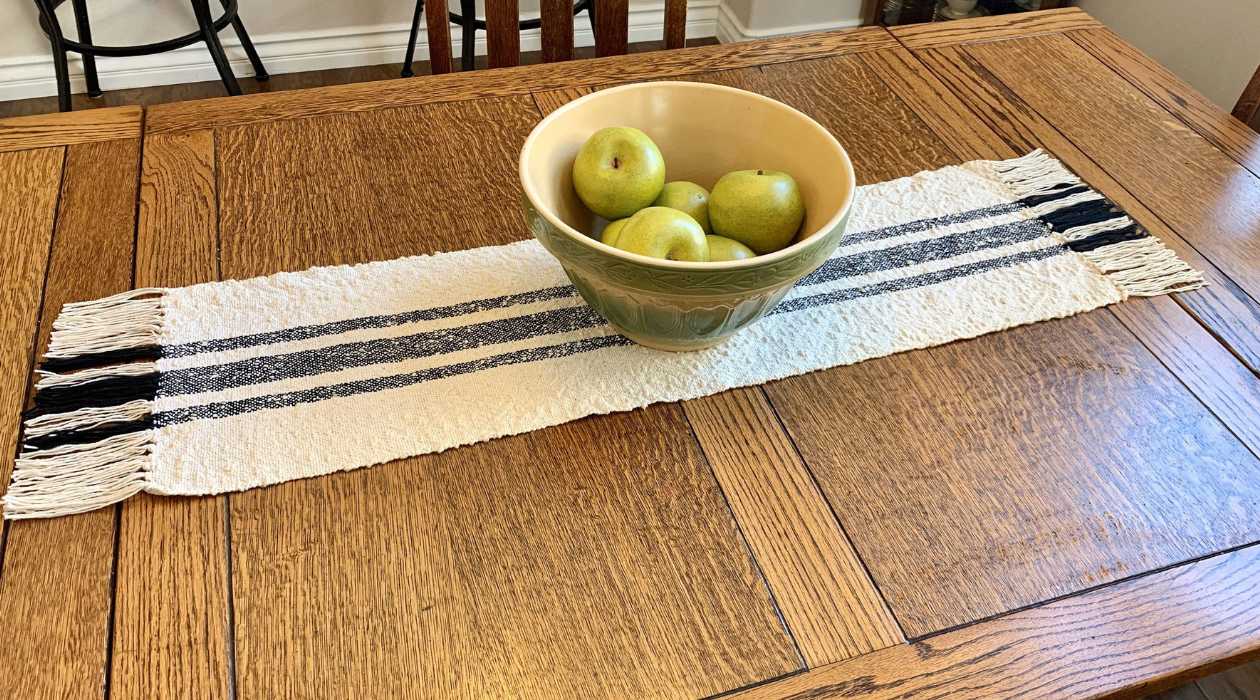
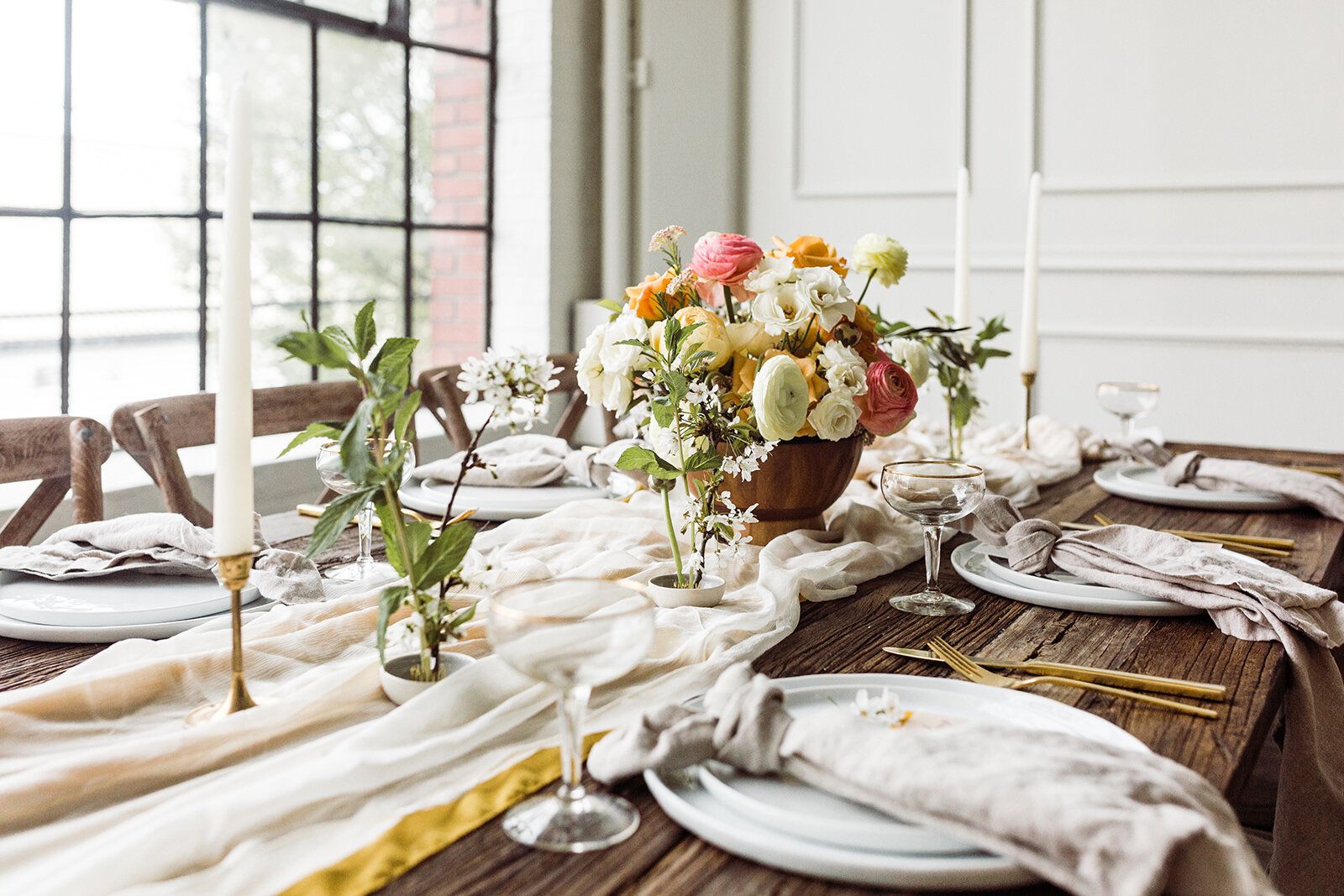

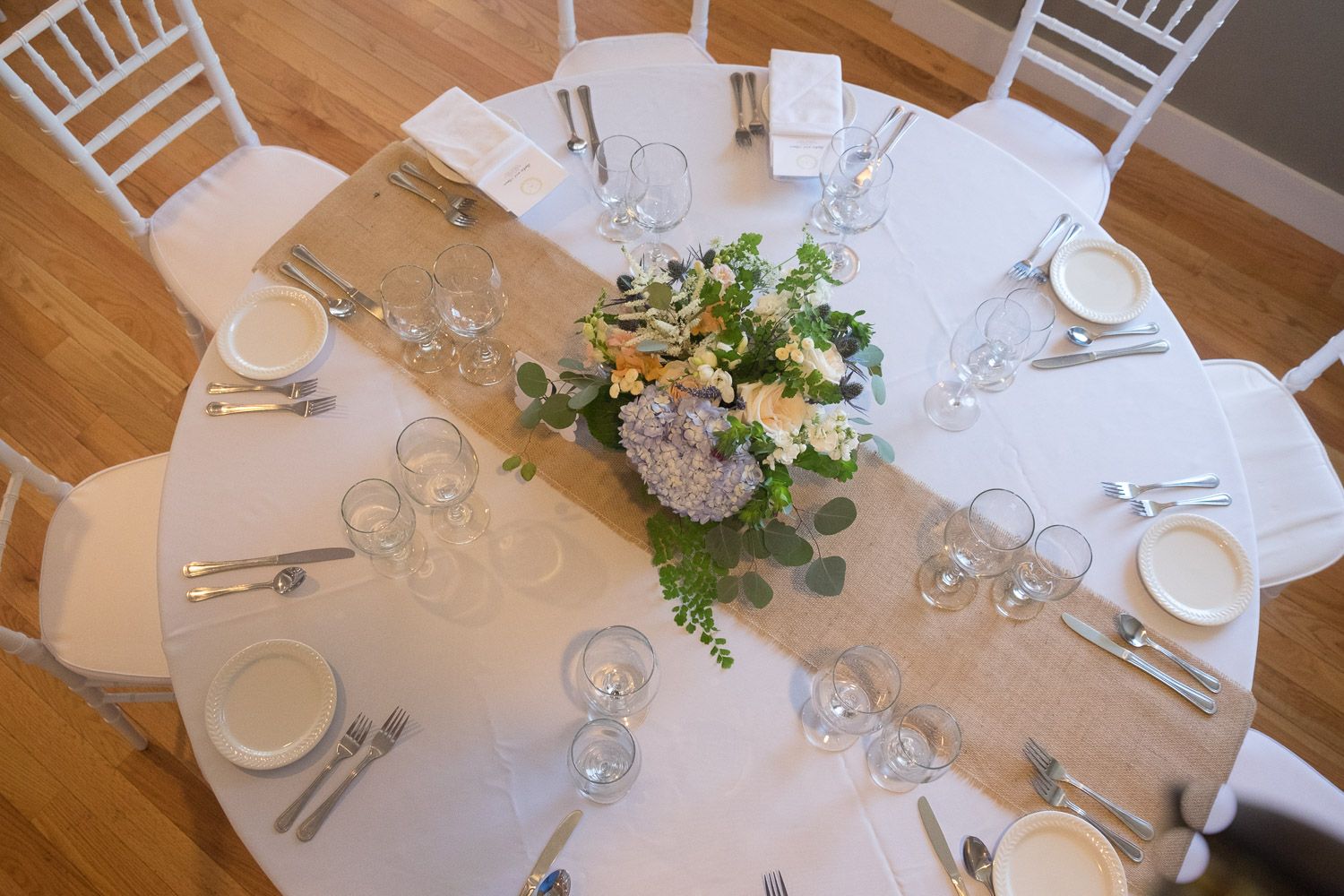
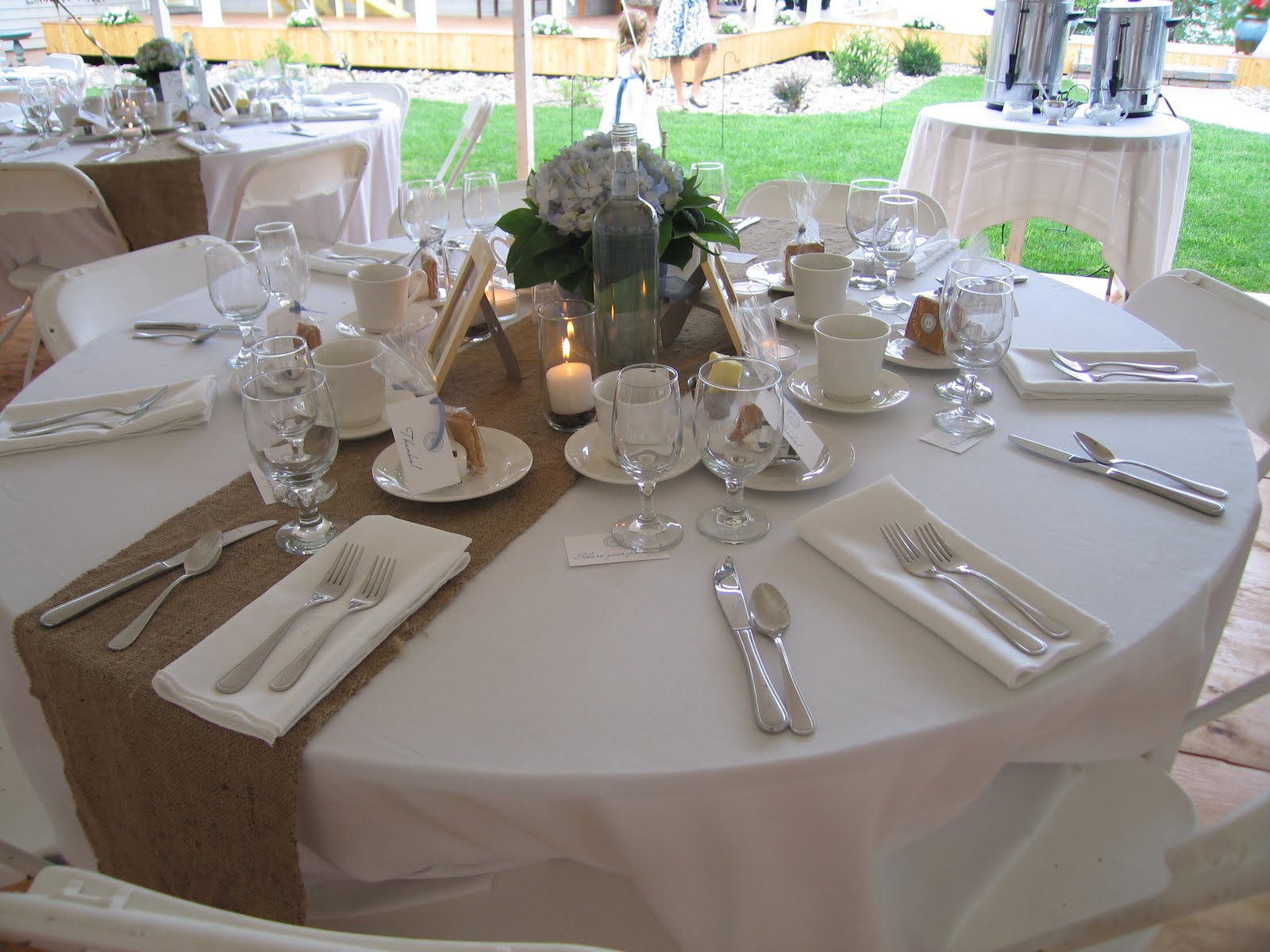
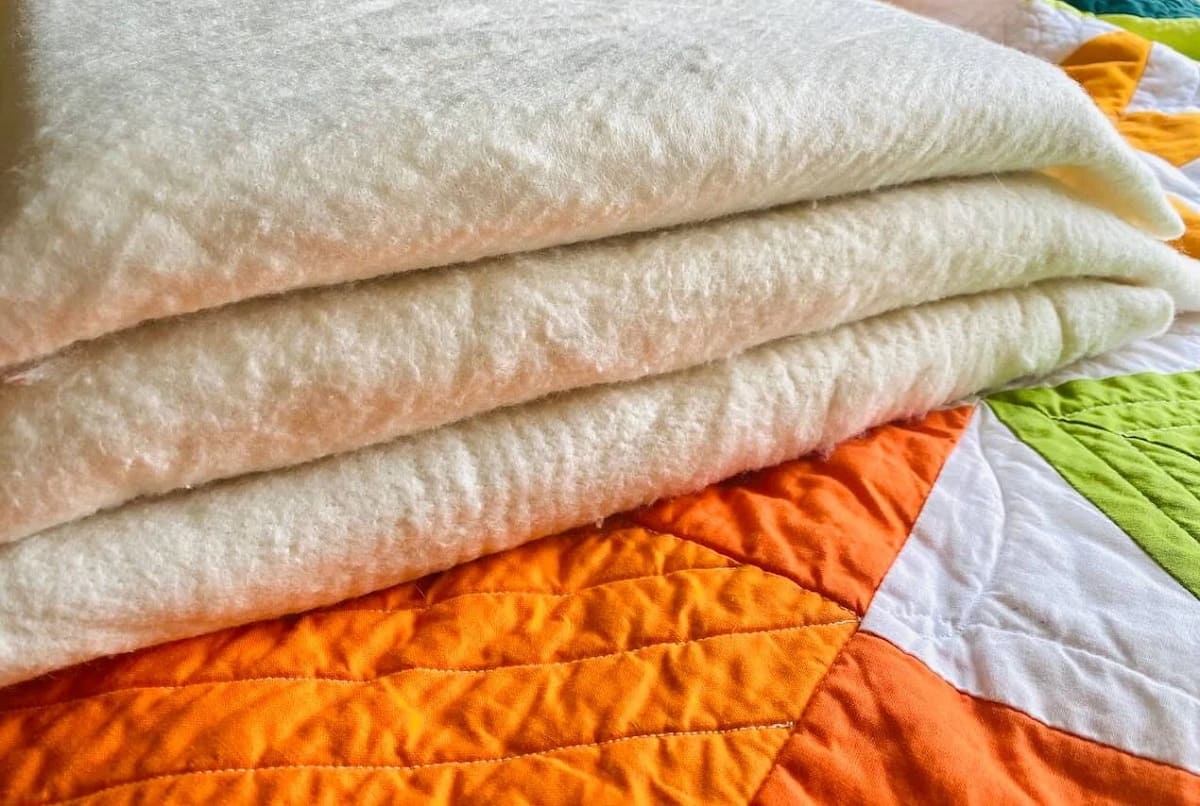
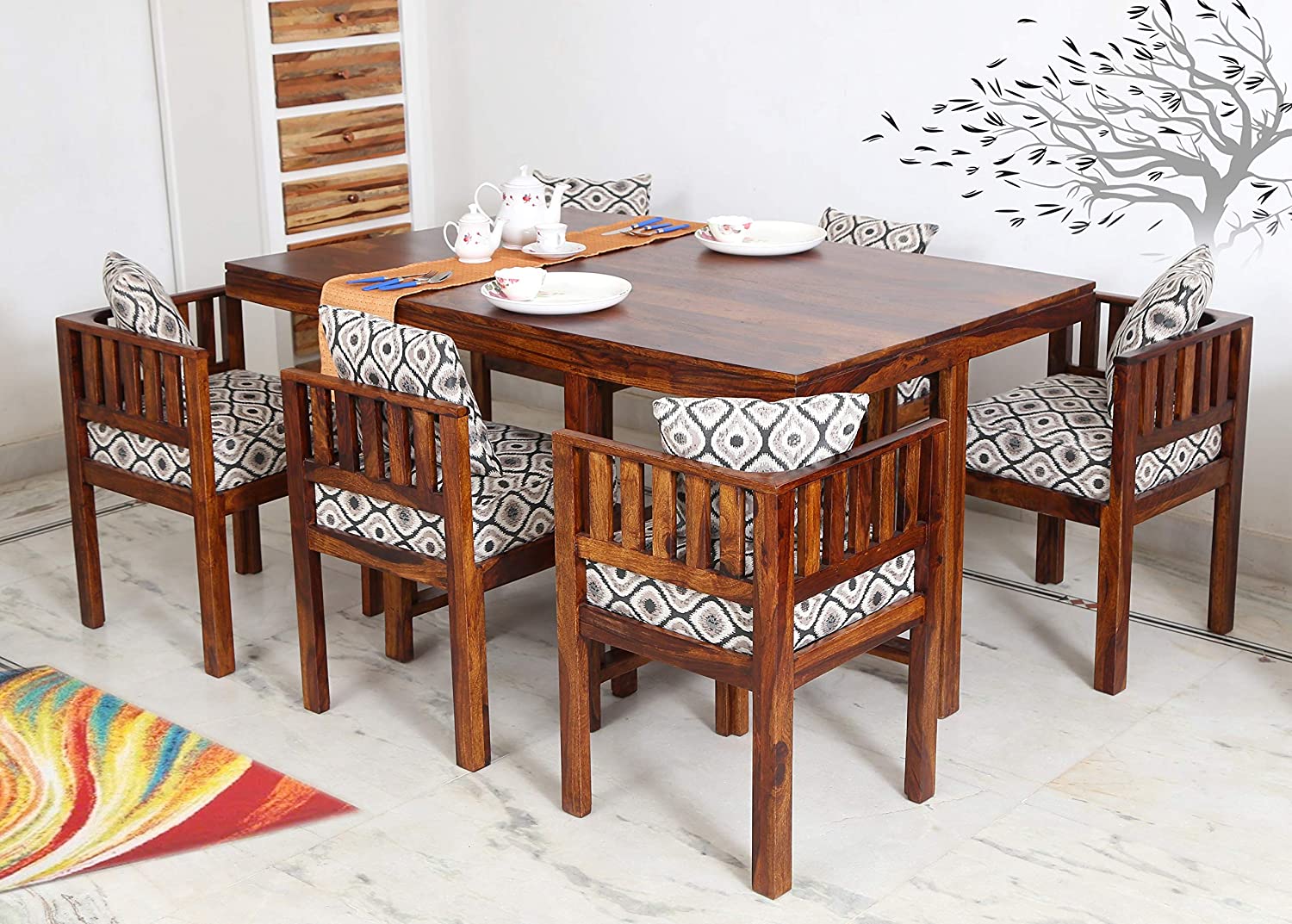
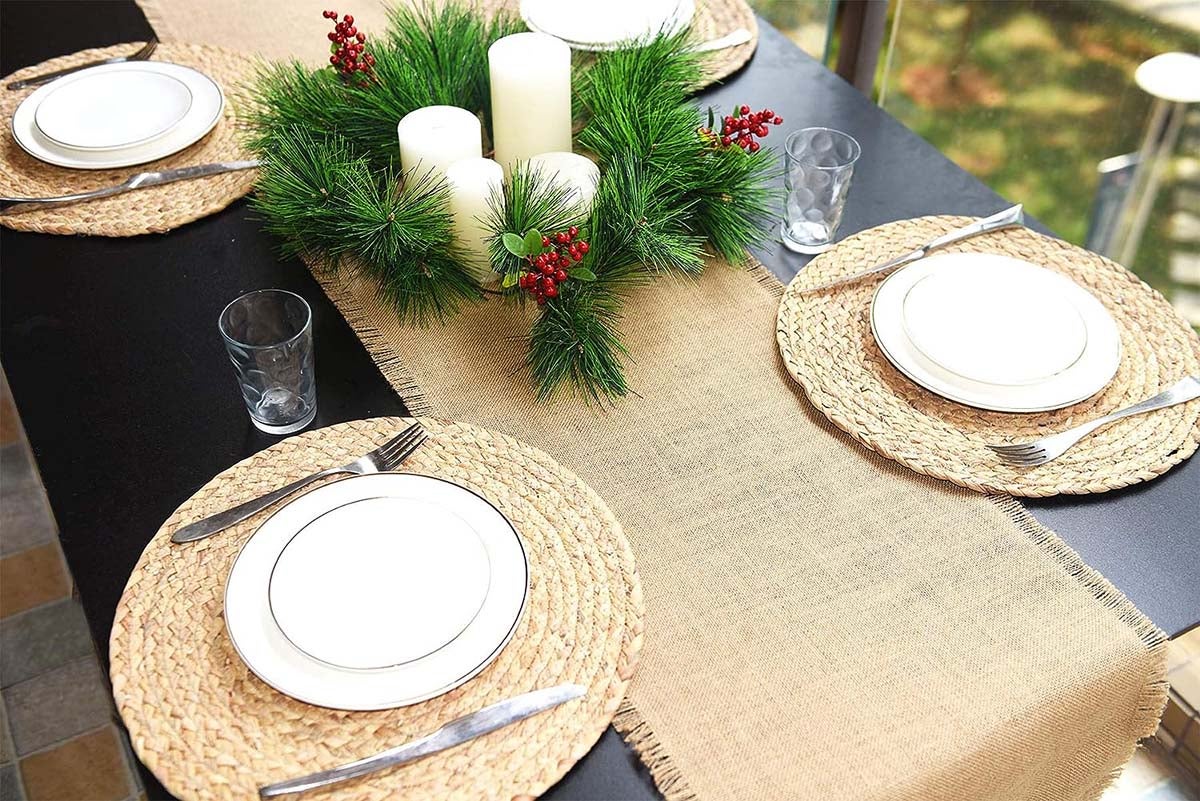
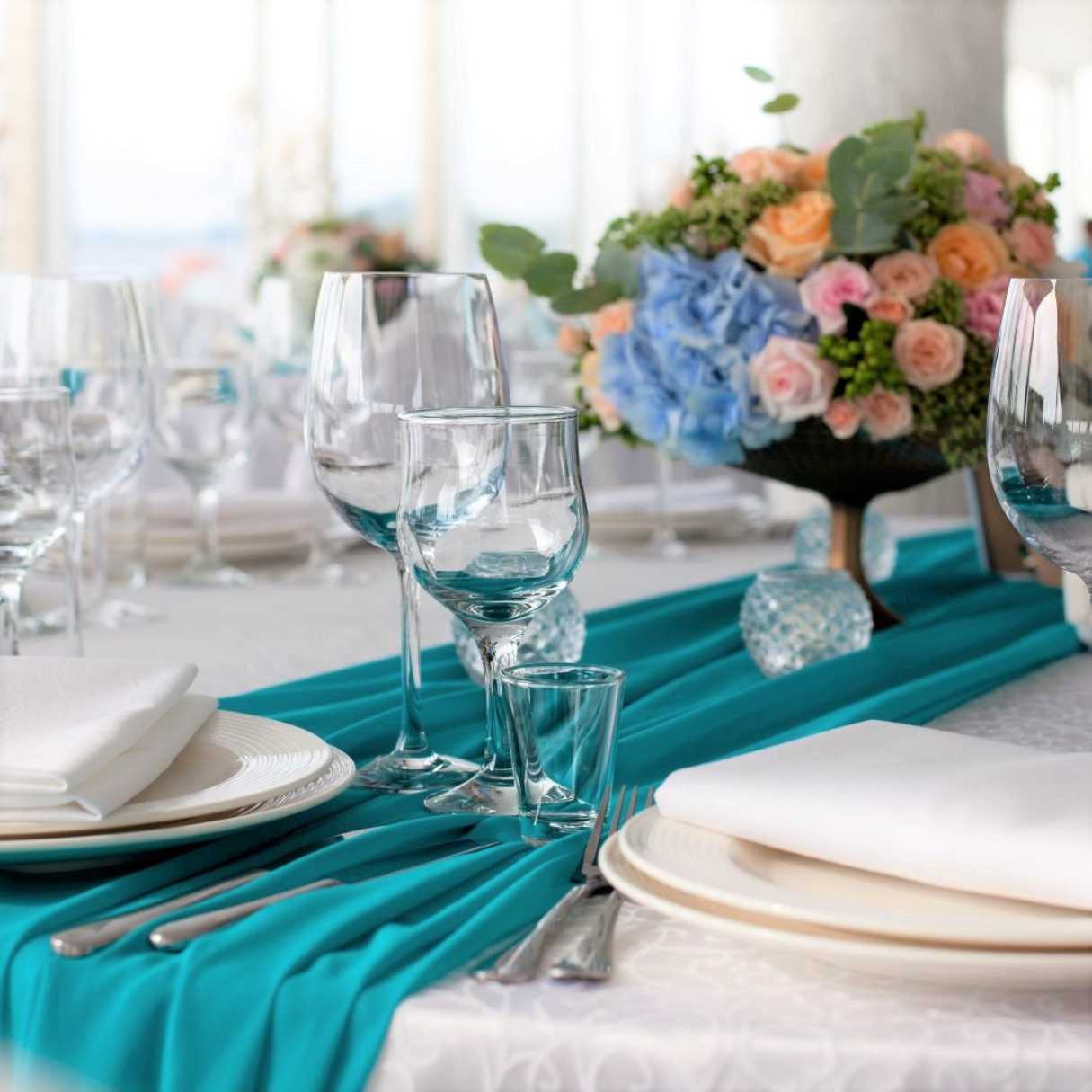
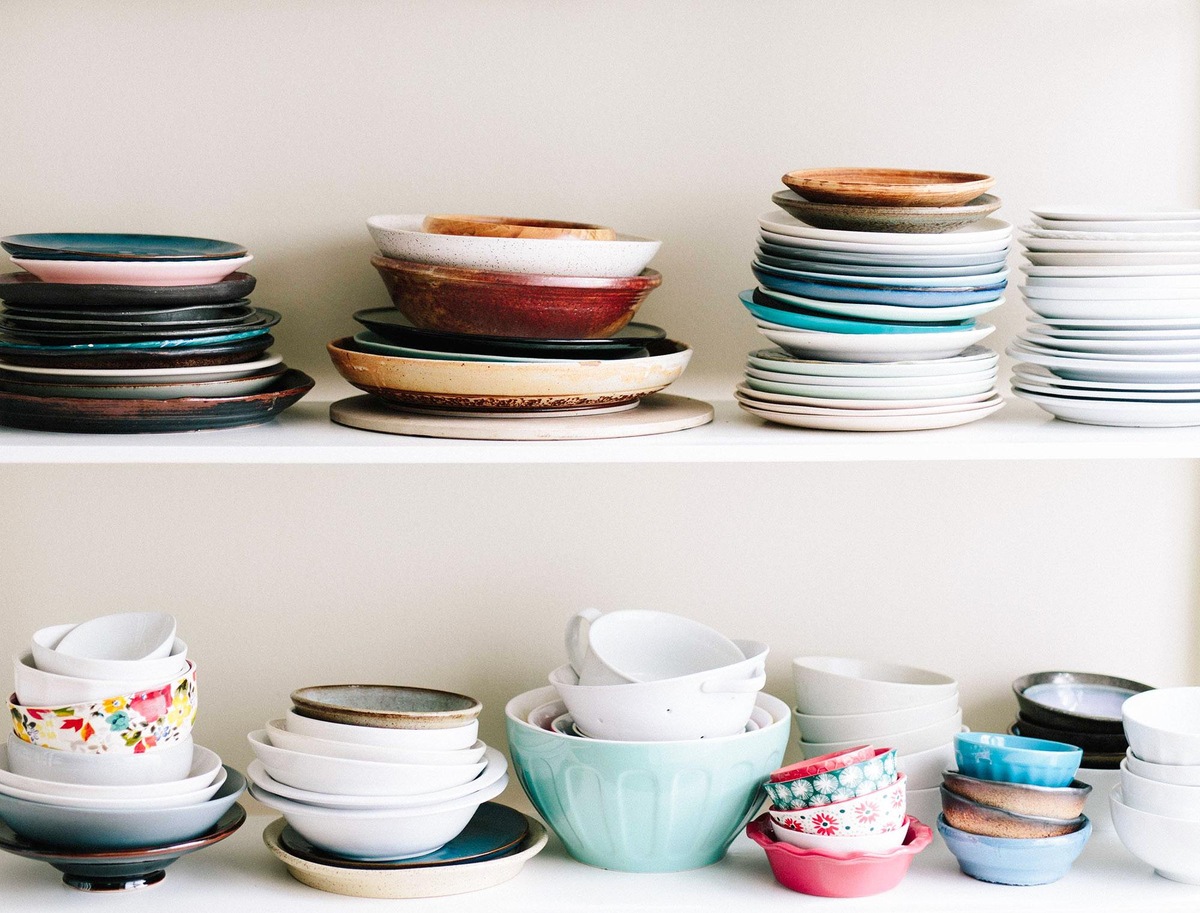
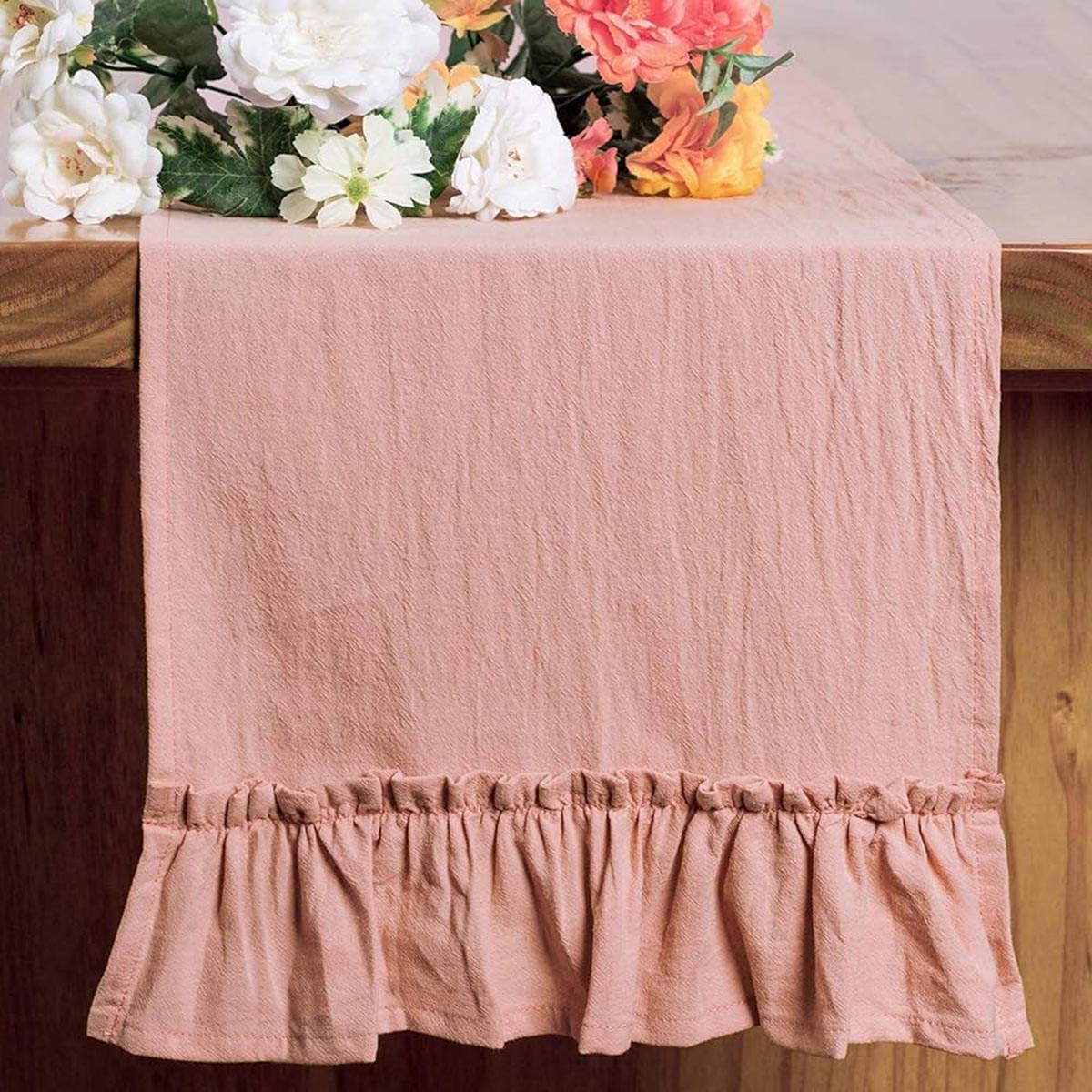
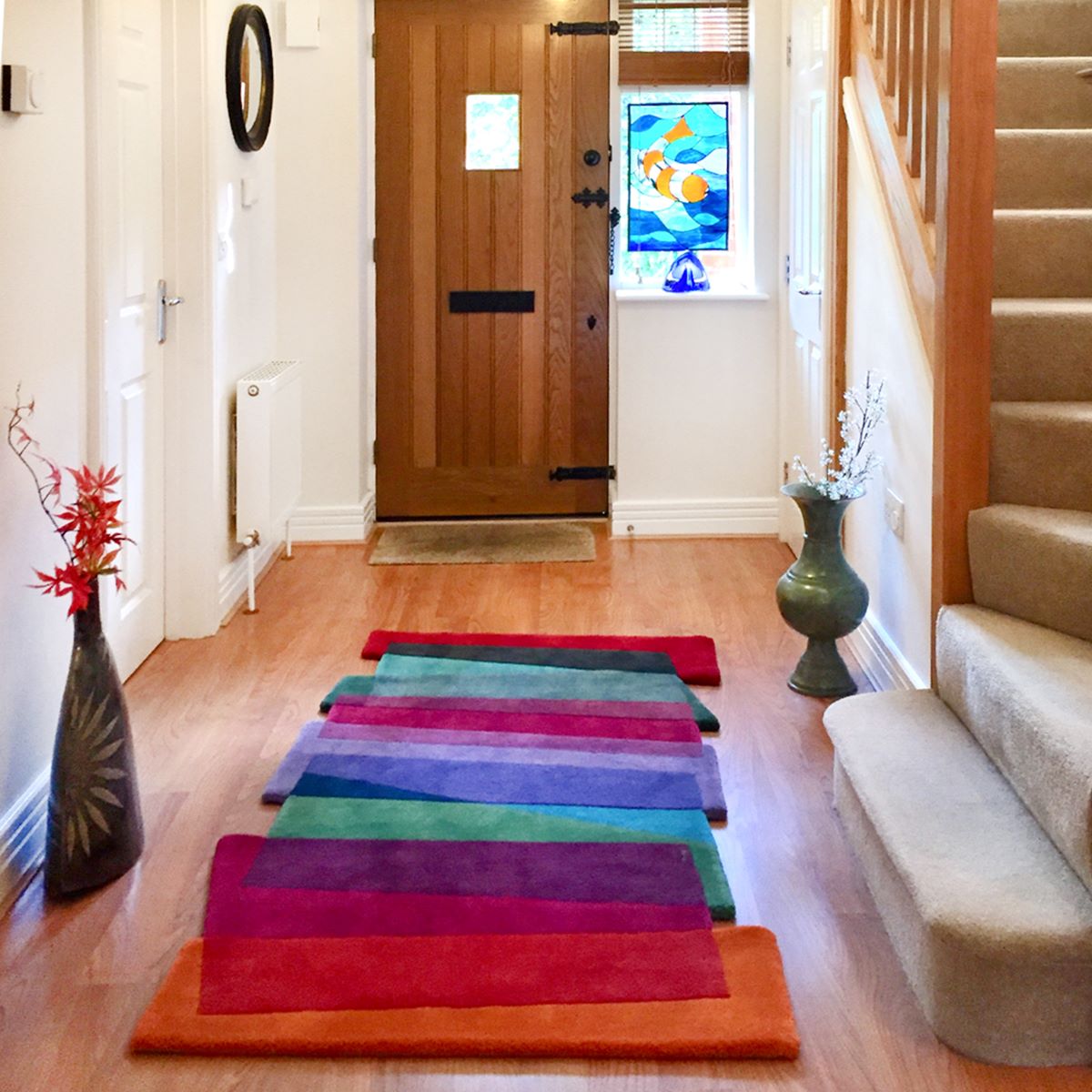
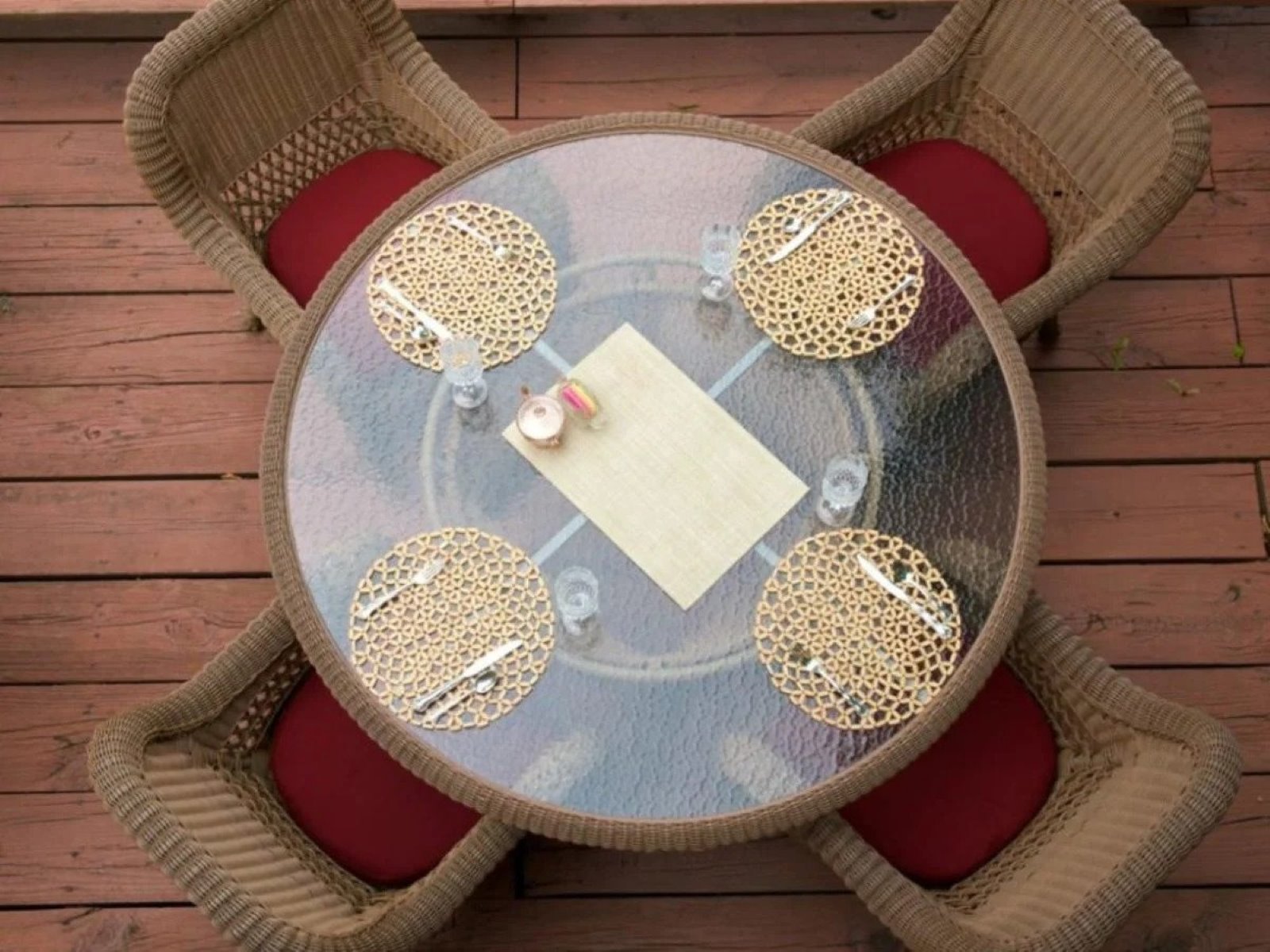
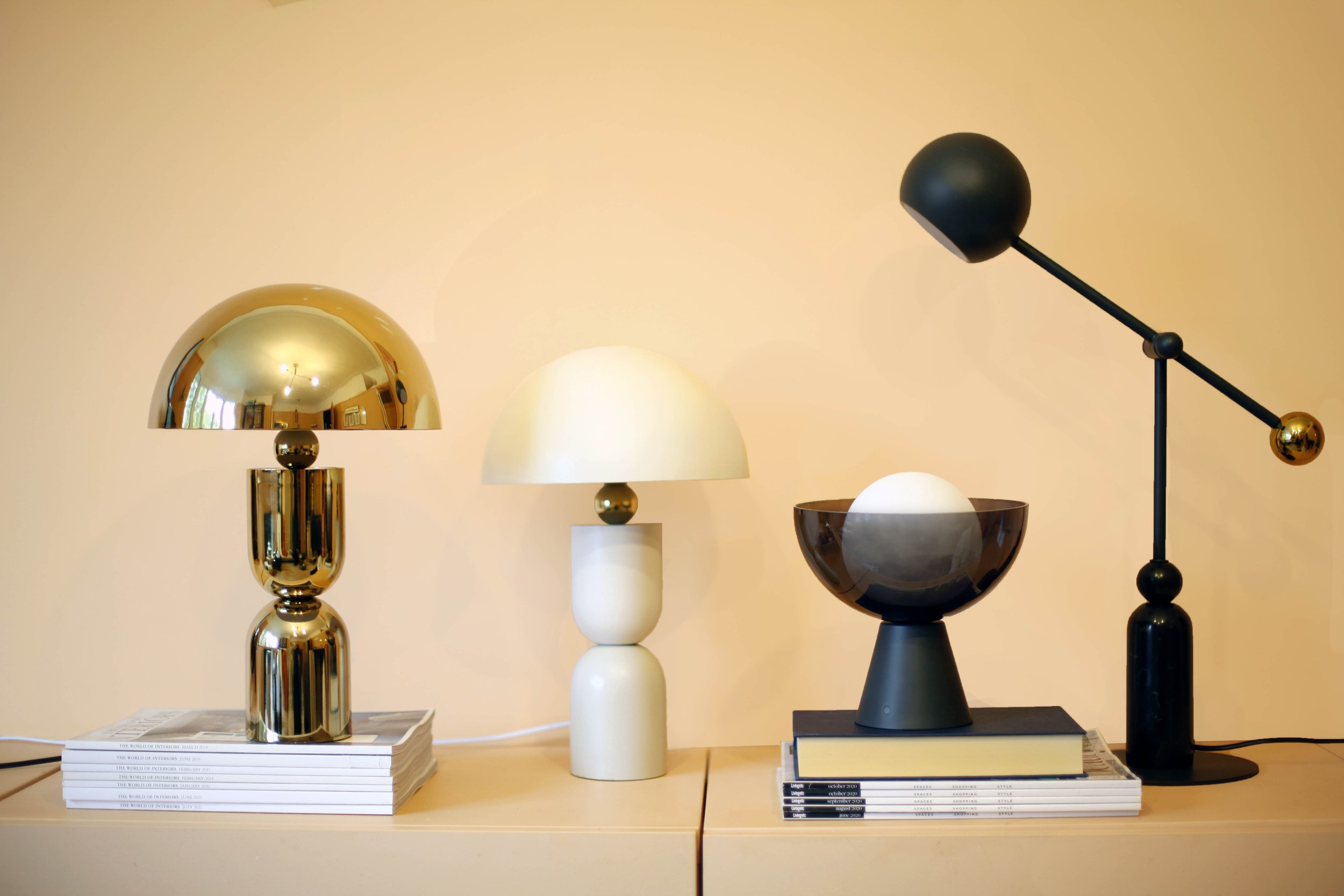

0 thoughts on “What Kind Of Batting Is Used In Table Runners”